“Water, water, everywhere but not a single drop to drink”, you must have definitely come across this line from the famous poem “The Rime of the Ancient Mariner” by Samuel Taylor Coleridge.
About 70% of the Earth’s surface is covered with water, yet only 3% of it is freshwater, of which two-thirds of it is tucked away in glaciers or is unavailable. The freshwater systems are among the most endangered habitats in the world primarily due to human development, pollution, and climate change. Less than 70 out of the world’s 177 longest rivers today remain free of man-made obstructions.
Why is the International Day of Action for rivers celebrated?
It is primarily to raise voice against water development projects that the International Day of Action for rivers is celebrated every year, across the world on 14th March. This year marks 24 years to the campaign that was launched in 1997.
It is in line with this worldwide campaign that indigenous movements like the ‘Narmada Bachao Andolan’ and government’s initiatives picked up pace in the country:
Namami Gange Programme
In June, 2014, recognising the cultural & environmental importance of the river Ganga, the ‘Namami Gange Programme’ was approved by the union government to arrest pollution and revive river Ganga.
The Centre allocated a total of Rs 20,000 crore to conserve & rejuvenate the river.
The government involved people living on the banks of the river and roped in grass-root level institutions, including urban local bodies & Panchayati Raj institutions, to work for the same.
National Mission for a Clean Ganga (NMCG):
NMCG held a review meeting of the progress made on 13 Yamuna projects designed to reduce raw untreated sewage flowing into the river.
These projects are expected to treat 1,384 million litres of sewage for cleaning the river.
Rivers: an indispensable part of our ecosystem
- Critical for sustaining biodiversity: An ecosystem is the sum of interactions between plants, animals, and micro-organisms interwoven in a delicate balance that exists within the environment. And, rivers find their place right at its center.
Rivers are indeed an indispensable part of our ecosystem. And, ecological, archaeological, and historical evidence has time & again ushered the imminence of rivers in sustaining not just our ecosystem, but also our Culture & Economy.
Rivers support more than 100,000 species of flora and fauna, which include apart from fish, worms, mollusks, crayfish, etc. Reeds and rushes along the shores shelter frogs and newts.
- Critical for extracting resources: Rivers are a source of plenty of resources necessary for sustaining lives i.e., food, water, agricultural products, pearls, etc.
- Critical for averting disasters: Rivers play a crucial role in controlling floods if their natural flow is not altered by the construction of dams and other water development projects.
The villain in the garb of a friend in the river’s journey:
Dams, built for over 100 years in the world for generating hydropower, irrigation purposes, flood control, and water storage are the real villains in a river’s journey.
- Dams alter the natural flow of rivers, thus diverging paths, altering the intensity of water flow.
- They are responsible for fragmenting the ecosystem.
Ecosystem fragmentation poses a big threat in today’s times as it destroys the natural habitats of species. - The destruction of habitats force leave species devoid of their basic means of subsistence and a place to live, thus narrowing the human-wildlife conflict which is the root cause of a mammoth of issues ranging from retaliatory killings to pandemics and epidemics originating from animals.
Steps taken by Government:
National Plan for Conservation of Aquatic Eco-systems (NPCA): The scheme launched by the Ministry of Environment, forests and climate change aims at holistic conservation and restoration of wetlands including lakes for achieving the desired water quality enhancement, besides improvement in biodiversity and ecosystem through an integrated and multidisciplinary approach and a common regulatory framework.
Under the scheme, financial support is provided on a cost-sharing basis between Central Government and State Governments for various activities such as interception, diversion, and treatment of wastewater, shoreline protection, lakefront development, de-silting, Lake beautification, survey & demarcation, fisheries development, biodiversity conservation, etc.
Wetlands (Conservation & Management) Rules, 2017:
4-pronged rejuvenation of wetlands projects: The Ministry of Environment, forests, and climate undertook the restoration and rejuvenation of 130 wetlands under a four-pronged strategy, in which the nodal officers of these wetlands were trained in preparing focused management plans and in working out the health of the wetland. For the first time in the country, wetlands were graded between A to E as per their health.
The wetlands rules, 2017 was enacted to promote the ‘wise use’ of Wetlands, to ensure sustainable development of the wetland ecosystem. In this context, the activities that have a potentially adverse impact on wetlands are prohibited or regulated.

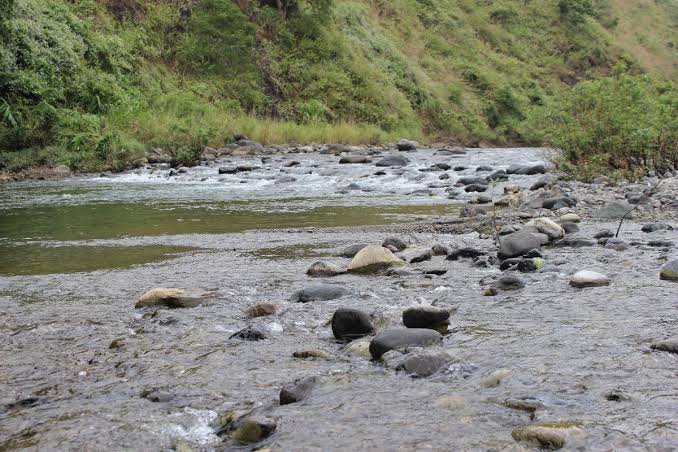
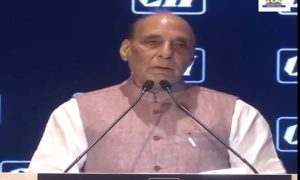







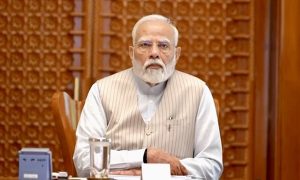





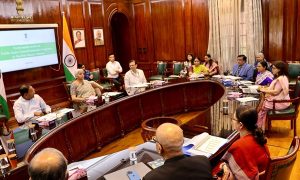

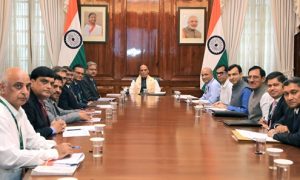



 WhatsApp us
WhatsApp us